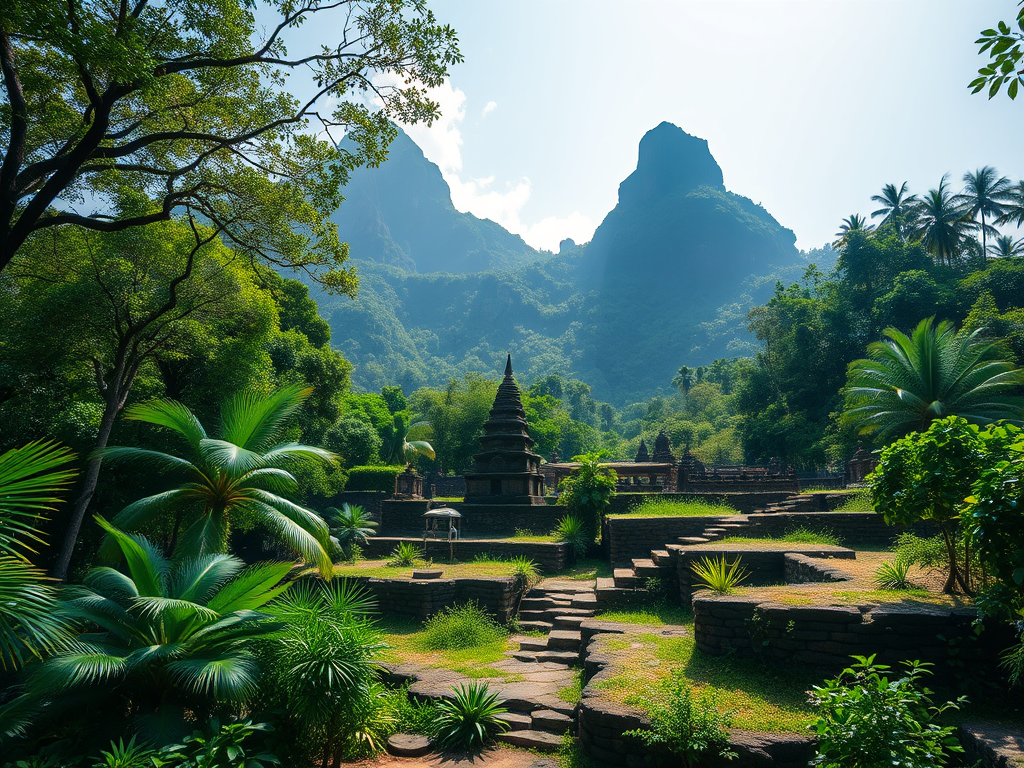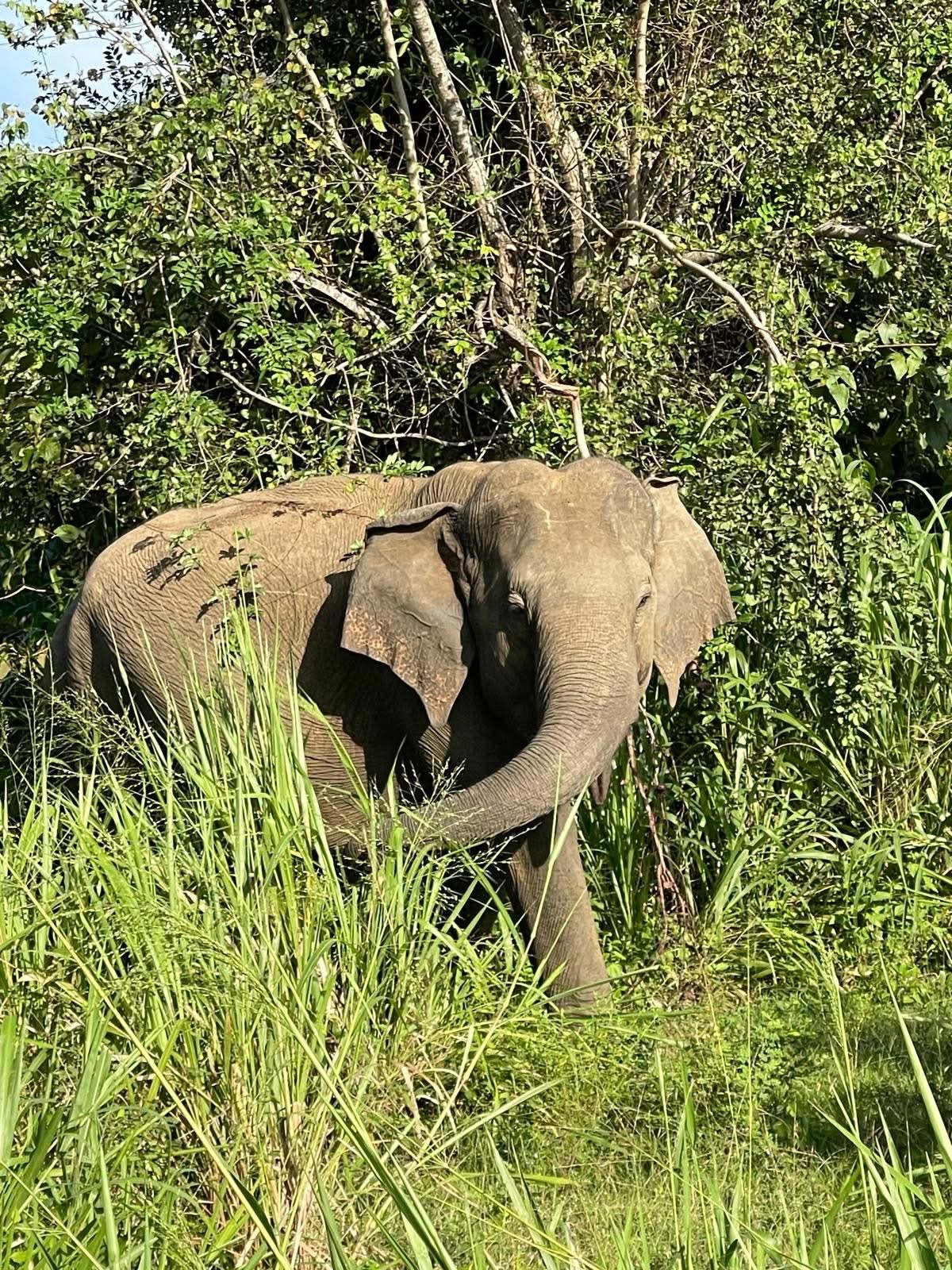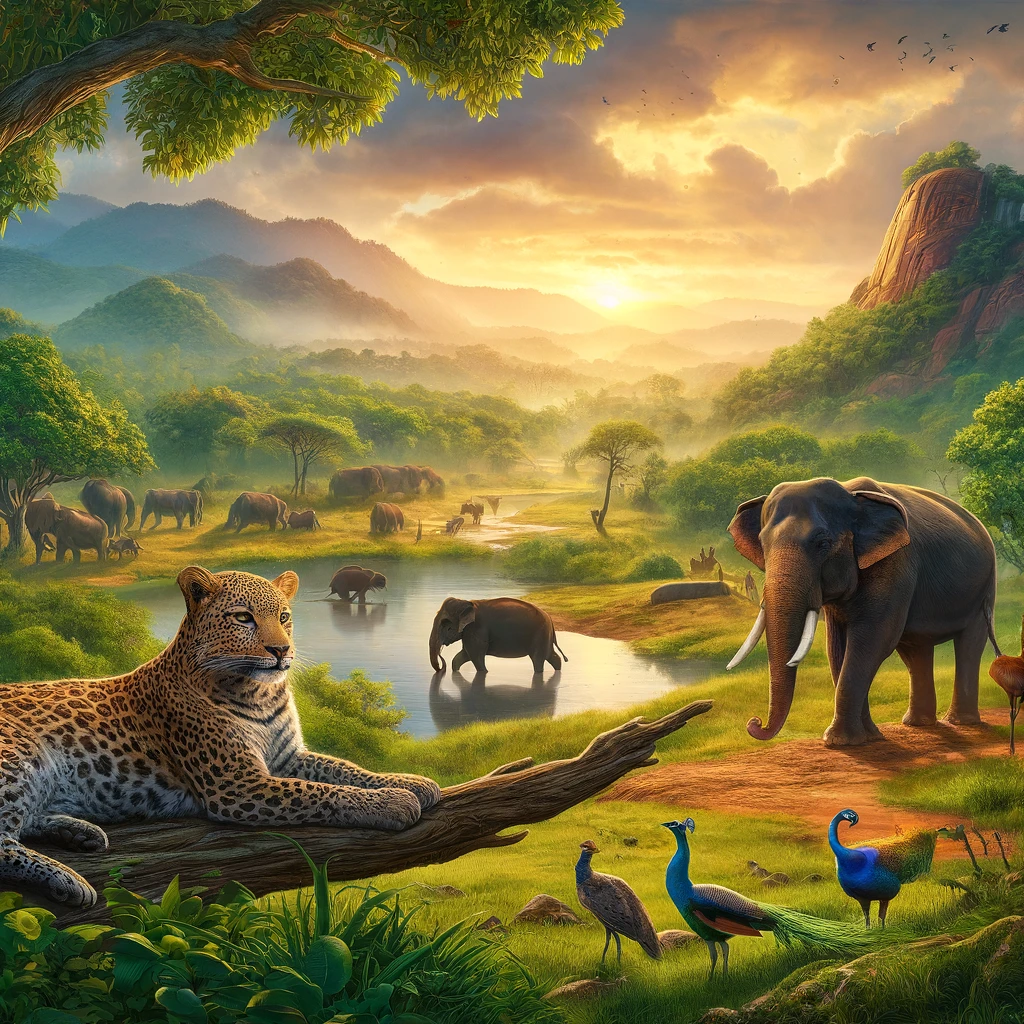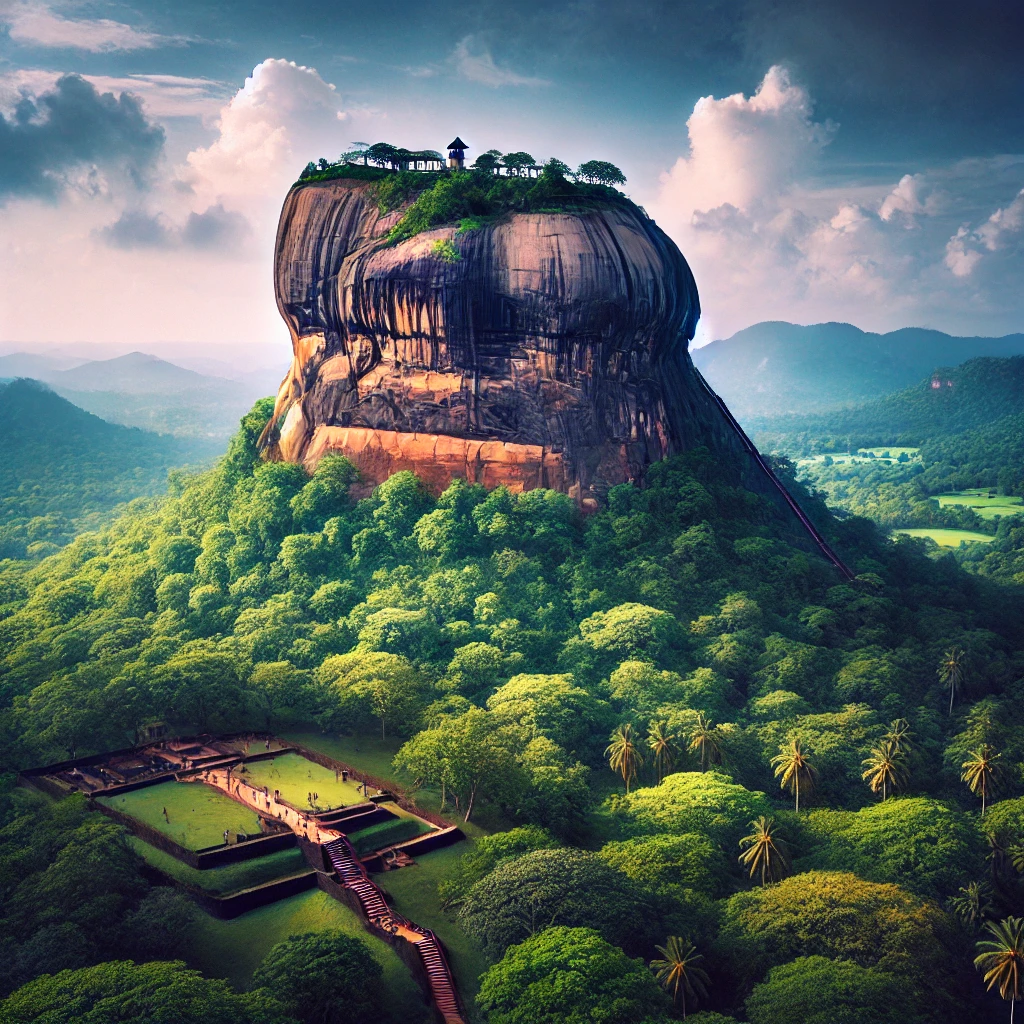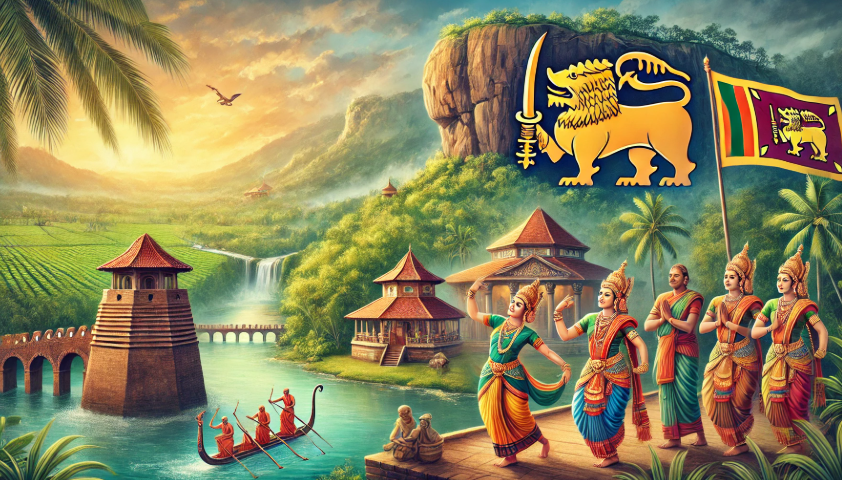Polonnaruwa Sri Lanka is one of the country’s most revered ancient cities. It stands as a testament to its rich history and religious heritage. This former royal capital was declared a UNESCO World Heritage Site. It was once home to powerful kings. It also housed grand palaces and magnificent Buddhist monuments.
Today, Polonnaruwa Sri Lanka attracts thousands of travelers and pilgrims. They are eager to explore its historical wonders and spiritual significance.
A Glimpse into the Past: The Rise of Polonnaruwa
After the decline of Anuradhapura, Polonnaruwa Sri Lanka became the country’s second capital under Chola rule in the 10th century. The city truly flourished during the reign of King Vijayabahu I (1055–1110 AD). Its prosperity continued under King Parakramabahu I (1153–1186 AD).
King Vijayabahu I – The Revival of Buddhism
King Vijayabahu I is credited with reclaiming Sri Lanka from Chola invaders and restoring Buddhism in Polonnaruwa. He invited monks from Myanmar, renovated religious sites, and ensured the preservation of Buddhist traditions.
King Parakramabahu I – The Golden Era of Polonnaruwa
Under King Parakramabahu I, Polonnaruwa Sri Lanka became a center of religion, learning, and governance. Some of his most remarkable constructions include:
- Gal Vihara – A rock temple with four beautifully carved Buddha statues.
- Lankatilaka Viharaya – A grand temple featuring a massive standing Buddha statue.
- The Sacred Quadrangle (Dalada Maluwa) – A complex of sacred structures that once housed the Buddha’s Tooth Relic.
King Nissankamalla’s Contributions
King Nissankamalla (1187–1196 AD) continued to develop Polonnaruwa by building temples, stupas, and monasteries. His stone inscriptions provide valuable details about his devotion to Buddhism and architectural contributions.
Exploring Polonnaruwa Sri Lanka Today
Modern-day Polonnaruwa Sri Lanka remains a fascinating travel destination, offering a perfect blend of history and spirituality. Visitors can wander through well-preserved ruins and experience the grandeur of Sri Lanka’s past.
Must-Visit Religious Sites in Polonnaruwa
🏛 Gal Vihara – Famous for its intricately carved rock Buddha statues.
🛕 Rankoth Vehera – A massive stupa reminiscent of those in Anuradhapura.
🏛 Vatadage – A circular relic house that once enshrined the Sacred Tooth Relic.
🛕 Alahana Pirivena – A monastic complex with meditation halls and stupas.
🏛 Lankatilaka Viharaya – An impressive temple with a colossal standing Buddha image.
Religious Festivals in Polonnaruwa
Polonnaruwa is still an important religious site, hosting several Buddhist festivals throughout the year:
🌕 Poson Poya (June) – Commemorates the introduction of Buddhism to Sri Lanka.
🌕 Vesak Poya (May) – Celebrates Buddha’s birth, enlightenment, and passing away with lantern displays and ceremonies.
Traveler’s Guide to Polonnaruwa Sri Lanka
Best Time to Visit Polonnaruwa
The ideal time to visit Polonnaruwa is between December and April, when the weather is dry and pleasant for sightseeing.
How to Get to Polonnaruwa
🚗 By Road: Buses and private vehicles from Colombo take about 4–5 hours.
🚆 By Train: The nearest railway station is in Habarana, with buses and tuk-tuks available.
✈ By Air: Domestic flights operate to Sigiriya, a short drive from Polonnaruwa.
Where to Stay in Polonnaruwa
🏨 Luxury: The Lake Hotel, Ekho Lake House
🏡 Mid-Range: Seyara Holiday Resort, The Heritage Polonnaruwa
🛏 Budget: Nature Park Guest House, Thisara Guest House
Top Things to Do in Polonnaruwa Sri Lanka
🚲 Cycling Tours – Rent a bike to explore the ancient city at your own pace.
🐘 Safari in Minneriya National Park – Witness Sri Lanka’s largest elephant gatherings.
⛵ Boat Rides on Parakrama Samudra – Enjoy scenic views of this massive reservoir.
🏛 Visit Medirigiriya Vatadage – A stunning ancient stupa near Polonnaruwa.
🍛 Taste Local Cuisine – Try Sri Lankan specialties like rice & curry, kottu roti, and fresh lake fish.
Travel Tips for Visiting Polonnaruwa
✔ Wear comfortable shoes for exploring uneven surfaces.
✔ Dress modestly when visiting religious sites.
✔ Carry water and sun protection, as it can get hot during the day.
✔ Hire a local guide for deeper historical insights into Polonnaruwa Sri Lanka.
Conclusion
Polonnaruwa Sri Lanka is a magnificent city that connects Sri Lanka’s ancient past with its spiritual present. From awe-inspiring Buddhist monuments to serene landscapes, this UNESCO World Heritage Site is a must-visit for history lovers. It is equally compelling for spiritual seekers and adventure travelers.

Start Your Journey Today!
Sri Lanka is calling! With breathtaking scenery, rich cultural experiences, and warm hospitality, it’s a destination you’ll never forget. Let Sri Lanka Travel Paradise be your trusted travel companion.
📢 Follow us for weekly updates and travel inspiration!

